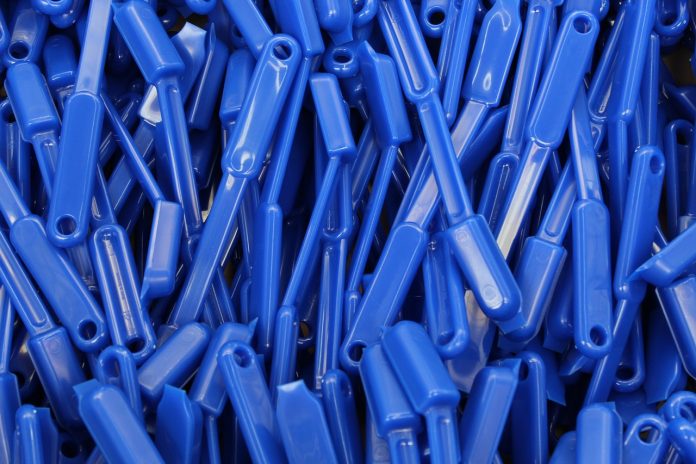If you thought that injection moulding was one simple process, you need to think again, and if you do, you may well find a solid answer to your strategic moulding problems. The main problem with many manufacturing routes is that they may be part of a chain of processes that become increasingly expensive as you proceed along them. It is difficult to find a one-shot manufacturing process, and any additions will just cost you money. This article discusses three types of moulding and how injection moulding is becoming increasingly flexible. Moreover, with engineers being born tinkerers, it is a process that has an increasing amount to offer the customer. The experts at SEKISUI KYDEX discuss the base process, and how it has become enhanced over the last few years to increase its flexibility and usefulness.
Three Types of Moulding
Injection Moulding
Well known but surprisingly misunderstood, injection moulding has become a staple of the manufacturing world. The ability to take a huge array of thermoplastics and force semi-molten feedstock into a precision-built mould to form highly accurate examples of the product fast and repeatedly has given rise to the mass-produced components. Injection moulding has become a firm favourite of industries such as automotive, white goods, and agriculture that requires huge amounts of components that are accurate and identical. Injection moulding offers five key benefits:
- Efficiency. Creating many thousands of components effectively in terms of time and cost.
- Strength. Created under force, injection moulded components are typically stronger than similar machined components.
- Complexity. Machined from high-tensile steel or aluminium, moulds can be highly intricate and include all manner of features that would be difficult to attain with different moulding techniques.
- Automation. Injection moulding equipment is a closed system and provided that feedstock is available, it can be fully automated and designed to run continuously, day and night, with little input from operators.
Plainly, injection moulding is a powerful tool, but there have been adjustments and enhancements of late that have increased its desirability as a production process.
Liquid Silicone Rubber Moulding
Up until now, injection moulding has considered the use of thermoplastic materials as feedstock. Unlike their thermoset cousins, thermoplastics can be re-melted and reformed without detriment. Thermoplastics tend to have far superior flow characteristics than thermosets and that fact alone makes them ideal for the high precision that is usually required with injection moulded parts. However, new processes have looked at the materials available and their properties and have redeveloped the process to allow silicone rubbers to be used as an appropriate feedstock. Key to this is the fact that silicone rubbers are near liquid prior to setting, overcoming the problems found with other thermosets such as epoxy resins, Duroplast (a type of Bakelite) and vinyl esters, all of which are fairly high viscosity compared to most thermoplastics.
Liquid Silicone Rubber (LSR), overcomes this as it polymerises on the mould to give a flexible, lightweight, material of high dimensional accuracy which is electrically inert and fairly resistant to chemical attack. While it has to be manually removed from the mould since auto-ejectors won’t work, LSR has opened up a whole new chapter in silicone injection molding technology and component potential.
Insert and Over Moulding
As injection moulding evolves, the ability to take small components and mould them into larger assemblies has become not only possible but a regular manufacturing route. Insert and Over moulding are two allied processes that utilise the integration of smaller parts into larger assemblies, creating more complex assemblies that are robust and fully functional.
Insert Moulding
Typically used to amalgamate smaller parts into a larger combination, it simplifies the process of placing intricate parts inside a bigger part, making a final assembly with the parts incorporated. In this manner, parts such as threaded components and other specialist forms of more hardwearing materials can be firmly moulded into assemblies made of an easier to mould but less hardwearing polymer. With this process, the smaller part is manufactured in its own first before being placed in the larger mould – in specially designed sprues – and the new materials introduced around it. Once cooled, the assembly is formed from both parts.
Over Moulding
This is almost opposite from insert moulding and essentially positions a softer material – such as a silicone rubber – over certain parts of a harder completed part to make a more functional assembly. It is by this method that a soft and durable handle can be fitted to something such as a scoop or everyday items such as toothbrushes to give a good gripping surface on a harder part.
Over moulding relies on a softer material being placed over a harder one, which makes it generally diametrically opposed to inserting moulding in which a material of lower melting point is formed around inserts of a higher melting temperature to create an assembly.
Find a Home-Based Business to Start-Up >>> Hundreds of Business Listings.

















































